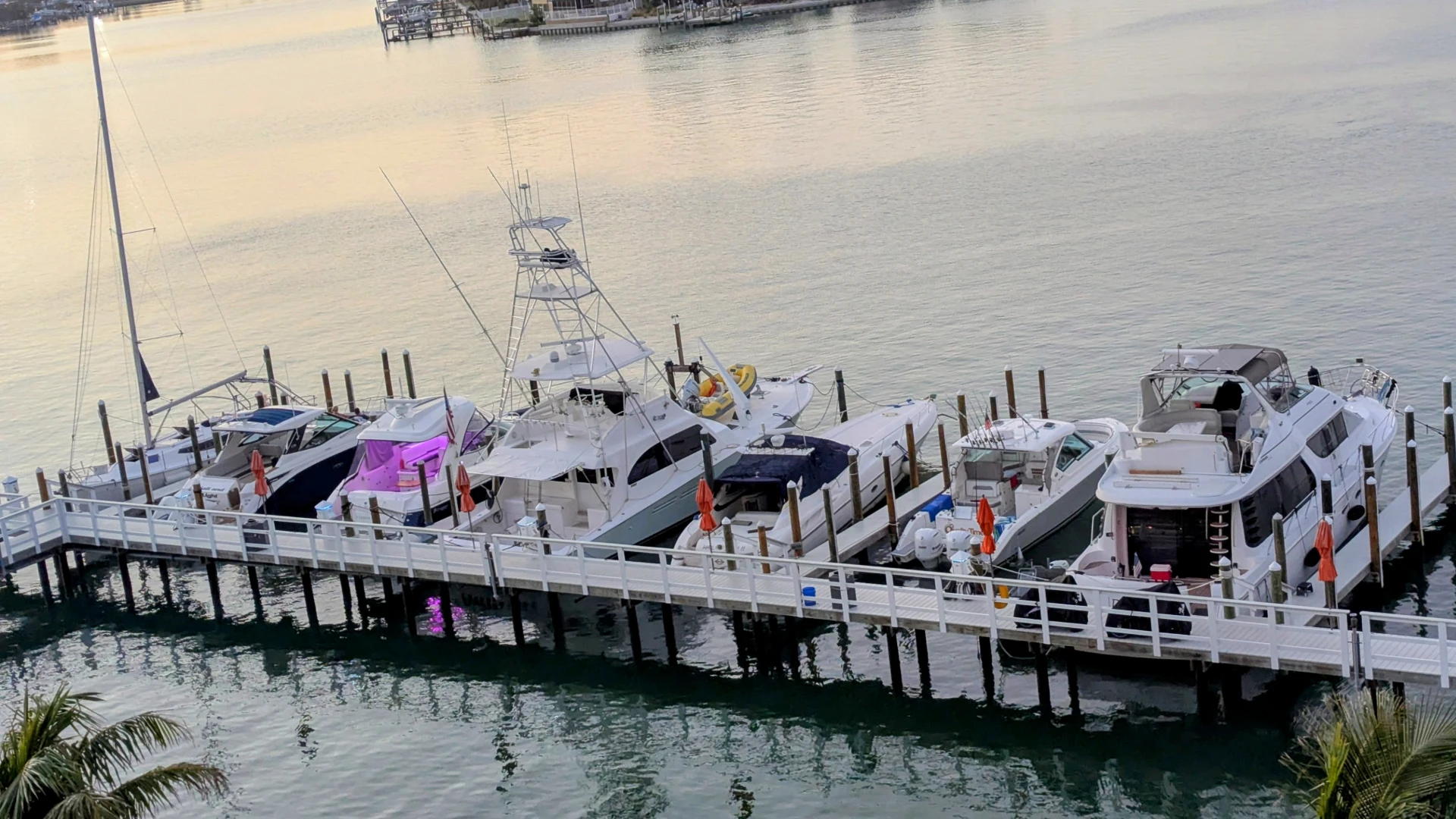To be successful with termite baiting, proper placement of monitoring stations is important. When using the Sentricon® Termite Colony Elimination System and RecruitTM III bait, Dow AgroSciences provides label instructions on station placement in areas conducive to termite foraging. The Recruit III label states that one or more auxiliary stations should be placed next to a parent station once it has become active with termites and baited.
By Dow AgroSciences’ definition, installation of auxiliary monitoring stations creates a cluster of two or more stations in which each station is located 12 inches or less from adjacent stations. While the strategy of adding auxiliary stations around an active parent station seems to make sense, information has not been presented to support the merits of additional stations. Are auxiliary stations worth the time and effort to install and maintain?
A recent study at Clemson University investigated the impact of auxiliary stations on subterranean termite detection and bait consumption. The study was designed to answer three questions: (1) are auxiliary stations more likely to be found by termites than stand-alone stations, (2) can the use of auxiliary stations improve the ability to maintain termite foraging in active stations, and (3) can the use of auxiliary stations increase the total consumption of bait?
STUDY DESIGN. To answer these questions, Sentricon monitoring stations were installed around eight homes near Clemson University in South Carolina. The structures were inspected and none had active termite infestations. Stations were placed around the perimeter of the buildings approximately nine to 10 feet apart and at least 18 inches away from the foundation. A total of 183 stations were installed. Monthly monitoring and baiting was conducted between April and October 2002. A final inspection was done in March of 2003 to determine the impact of auxiliary stations on post-winter termite activity.
During each station inspection, termite activity was scored and those with new termite feeding were randomly divided into two groups, the auxiliary station sites and the stand-alone station (non-auxiliary) sites. At the auxiliary sites, termites were placed into a BaitubeTM device with no active ingredient (blanks) and returned to the parent station, and three auxiliary stations containing wooden monitors were installed with a power auger.
For the non-auxiliary treatment, termites were also placed into a blank Baitube device and returned to the station but no auxiliary stations were installed. During subsequent monthly inspections, auxiliary stations with active termite feeding in the wooden monitors were switched to blank Baitube devices. The amount of material left in the tubes was visually estimated at each monthly inspection and tubes were replaced when consumption was greater than 50 percent. Blank Baitube devices were used in this study to avoid impacting termite colonies and worker foraging.
RESEARCH Q&A. Following are some questions and answers based on the research performed at Clemson University:
Q: Are auxiliary stations more likely to be found by
termites than stand-alone stations?
A: Yes. After six months of monthly monitoring, 16 of the 183 (or 9 percent of the parent stations) were found by termites. Eight active stations were randomly selected as non-auxiliary sites and the other eight active stations each received three auxiliary stations. Over the course of the study, 14 (or 58 percent) of the 24 auxiliary stations were found by termites. With a greater than six-fold increase (58 vs. 9 percent) in the likelihood of stations being found by termites, the use of auxiliary stations provided more opportunities to deliver bait to foraging termites (see Figure 1 on page 48).
Q: Can the use of auxiliary stations improve the ability
to maintain termite foraging in active stations?
A: Yes. After six months of monitoring, only two of the original eight non-auxiliary stations, or 25 percent, were active with termites. At the auxiliary sites, four out of eight, or 50 percent, had activity in the parent station or one or more of the auxiliary stations. The results after 11 months are more striking in that only one of the non-auxiliary stations were still active while four of the auxiliary treatment sites were still active (see Figure 2 on page 48). With auxiliary stations, we were able to greatly improve our ability to maintain termite feeding over an 11-month period. Termites were much less likely to abandon sites with auxiliary stations than sites with stand-alone stations.
Q: Can the use of auxiliary stations increase the total
consumption of bait?
A: Yes. To compare consumption between auxiliary and non-auxiliary sites we combined estimates of bait consumed every month at all of the stations at an active site. During the six-month baiting period from April to October, approximately 32 bait tubes were consumed by termites, with approximately 10 consumed at the non-auxiliary sites and approximately 22 consumed at the auxiliary sites. Calculating consumption by percent, the sites with stand-alone stations averaged approximately 50 percent of the bait tubes consumed per month compared to 91 percent of the bait tubes consumed per month at the auxiliary sites (see Figure 3 at right).
CONCLUSION. Auxiliary stations are worth a pest management professional’s time and effort to install. Termites are highly likely to find auxiliary stations when placed adjacent to monitoring stations with termite activity. This provides more baiting opportunities, increases the ability to maintain feeding activity and will ultimately allow you to deliver more active ingredient to termite colonies in a shorter period of time.
To knock out termites with baits, no strategy is better than critical station placement, regular monitoring and proper maintenance. To wallop termites and win the match quickly and decisively, auxiliary stations will provide the one-two punch you need.
Eric Paysen is a graduate research assistant and Eric Benson and Pat Zungoli are professors in the Department of Entomology, Soils, and Plants Sciences at Clemson University in Clemson, S.C. Joe DeMark is a field development biologist with Dow AgroSciences, Indianapolis, Ind.

Explore the March 2004 Issue
Check out more from this issue and find your next story to read.
Latest from Pest Control Technology
- Petti Pest Control Owners Reflect on Finding Success as a Father-Son Duo
- Mosquito Control: Spraying vs. IPM
- Terminix Service's Leaders Inducted into South Carolina Business Hall of Fame
- Christner on Colorado Preemption Roll Back's Potential Affect on Business Growth
- How to Get Rid of Odorous House Ants
- Massey Services Promotes Herndon to Director of Sales for Multi-Family Division
- NPMA Announces First Recipients of NPMA PRO Certified Credential
- Pestmaster of the Hudson Valley Acquires Catskill Animal Damage Control





